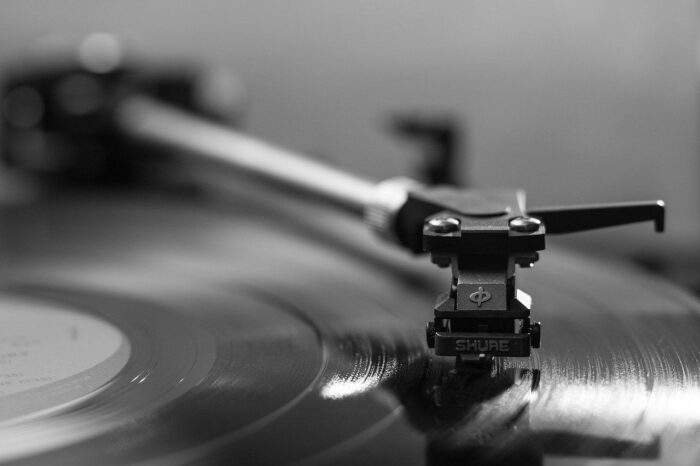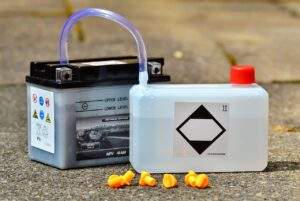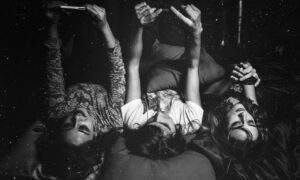Vinyl Printing: Types and Advantages?

Vinyl film is a polymeric self-adhesive roll material characterized by a wide color gamut, used in outdoor and interior advertising, as well as for advertising on vehicles and in auto styling (pasting personal cars).
Advantages of vinyl films and their types
Vinyl films are a versatile material that allows you to produce a huge variety of promotional products from stickers and stickers to banners, and a variety of colors and the possibility of applying realistic images by large format printing makes them megapopular. Before you search for a vinyl print shop near me, please read vinyl’s other advantages:
- high strength, resistance to stretching, tearing and other mechanical damage;
- durability;
- do not fade, they are not affected by high and low temperatures, humidity and other weather factors;
- they are thin (0.3-0.4 mm thick), therefore they are light in weight;
- they are suitable for pasting on any surfaces, including uneven ones, they allow evenly pasting figured constructions, therefore they are in demand in auto-styling (transparent or perforated vinyl is used for pasting car windows);
- wide color gamut, various types of surfaces (transparent, reflective, translucent);
- suitable for the application, the image can be of any kind and size;
- efficiency thanks to a catchy and original look.
There are a huge number of vinyl films produced by various manufacturers, but they can be conditionally divided into 3 main types:
- Transparent (not perforated) – they transmit light well, are visually invisible on surfaces, so the image looks especially impressive. Transparent also include stained-glass vinyl films, they are colored and can be used to decorate shop windows, windows, and doors of various establishments and institutions, as well as window-doors of residential premises.
- Translucent – these are opaque vinyl with a light-scattering effect, used for the manufacture of illuminated advertising structures – volume letters, signboards, lightboxes. They provide a uniform tone of the image in any lighting, both natural and artificial, electric. It can be applied to glass, plastic and other substrates with a translucent effect.
- Regular, with a matte or glossy surface, they have a rich color palette and are used to create stickers, posters, labels, labels and other promotional products.
Vinyl film designed for gluing glass is calendered with a very smooth surface. It is used to achieve the most realistic effect since it provides the tightest fit and there are no gaps with professional application.
Vinyl Printing Specifics
Along with the wide color gamut of vinyl films and the unlimited possibilities of creating images from them by combining, wide-format printing on film is also used. Using this technology, vinyl (on the PVC surface of the film) can be applied to any image or text using solvent, water, UV or sublimation inks, which differ in color saturation and a diverse palette, as well as durability and resistance to weather and mechanical influences. Since any paints are suitable for vinyl, their choice depends on the type of product and its location.
Printing is carried out on specialized equipment – plotters and printers. Printers are suitable for films with standard sizes, and if the width of the roll material is more than 3 m, then the image is applied using a plotter.
- layout creation;
- building a color profile, in the process of which the specifics of the layout, the type of vinyl film are taken into account;
- paints are selected;
- image printing (on average, the application speed is about 200m2 / hour);
- post-printing processing, which includes lamination, which provides additional protection, it can be hot and cold.
The final step is to give the product the desired shape, carried out by cutting or cutting. If the base is rigid, knurling is done. Baguette decoration is often used.
High application speed allows the production of promotional products in large runs in a period of 1 to 7 days. Installation of the film is carried out on fat-free, clean and dry surfaces. With high-quality installation, the service life is from 3 to 7 years. If necessary, the film is easily removed without damaging the base.







